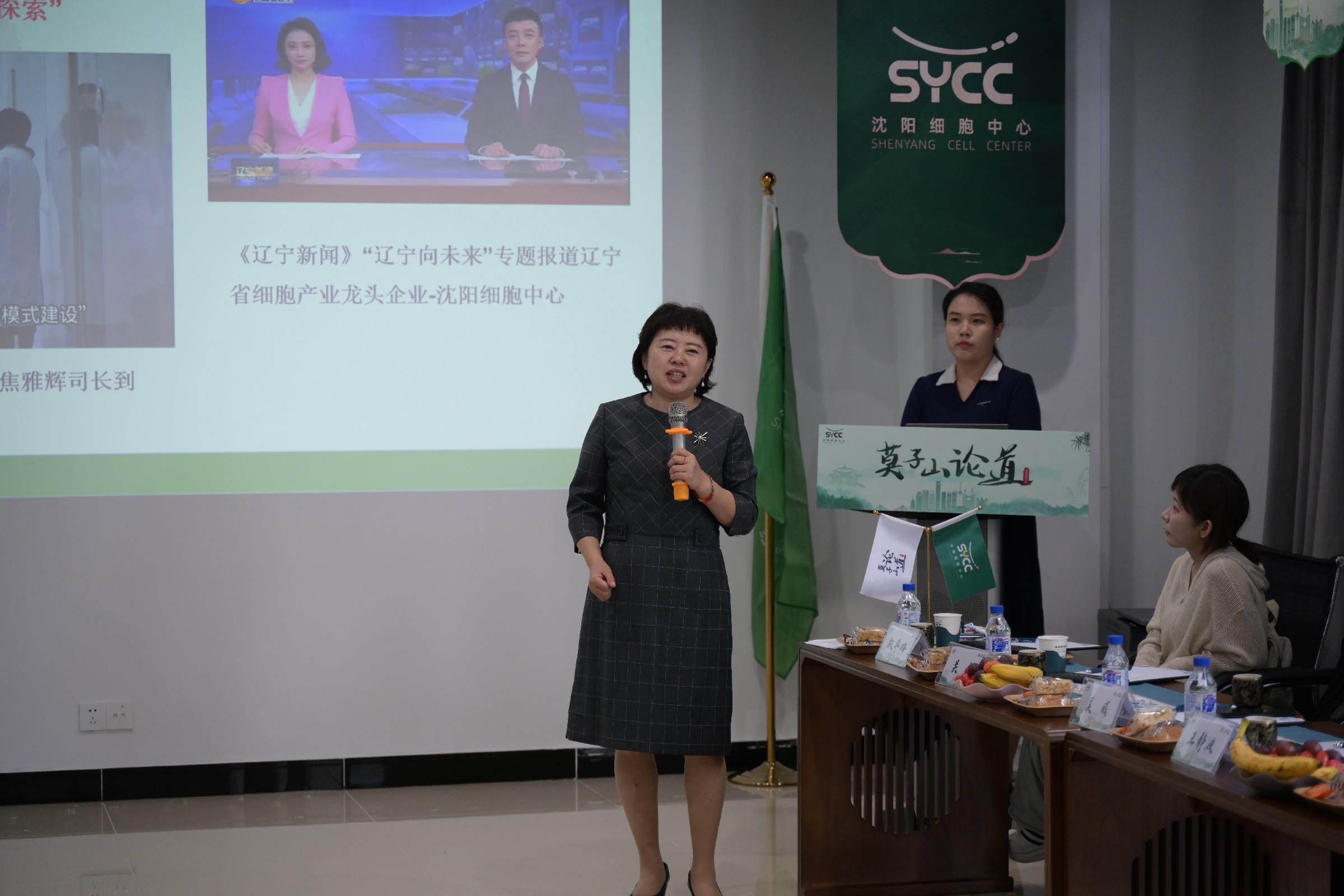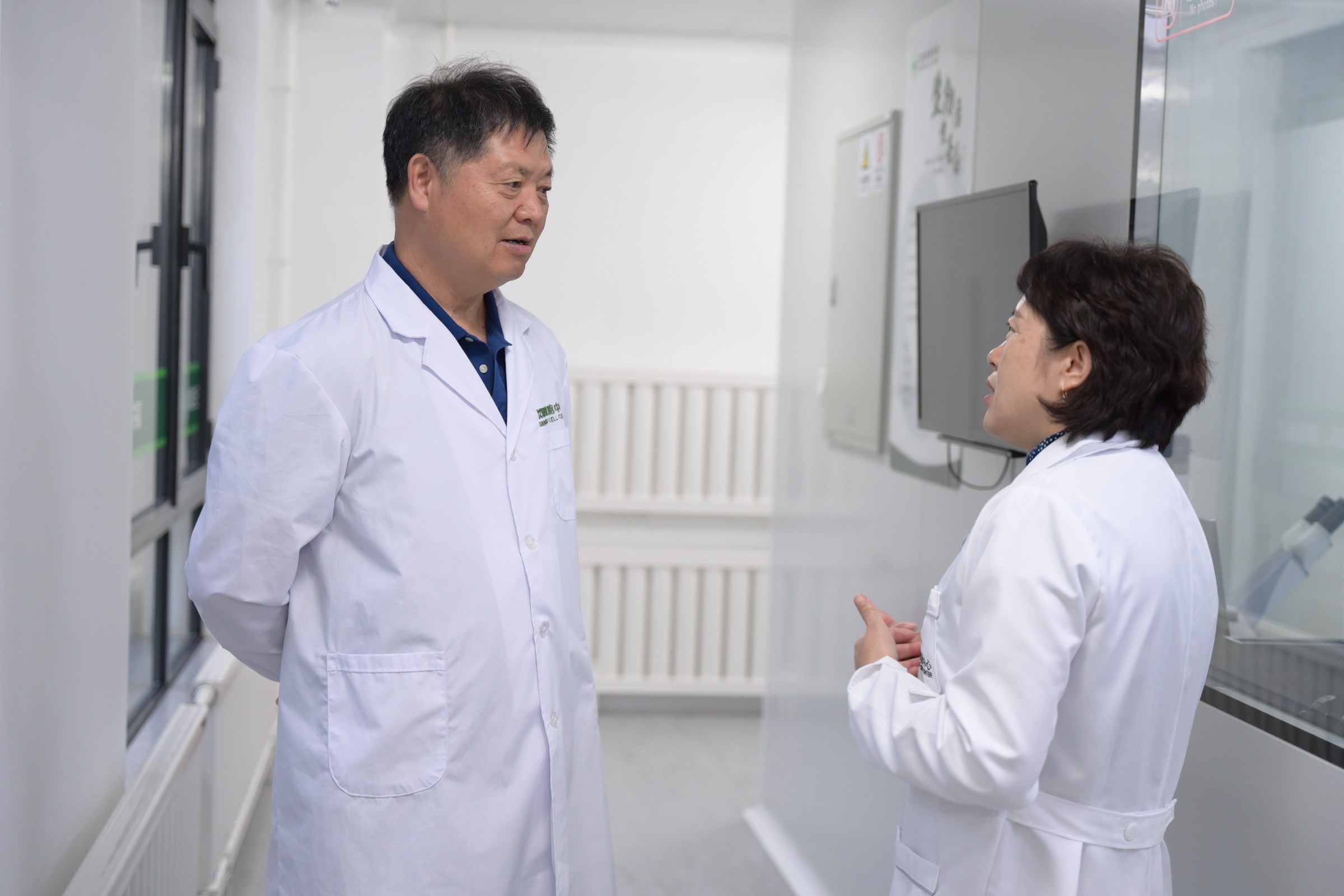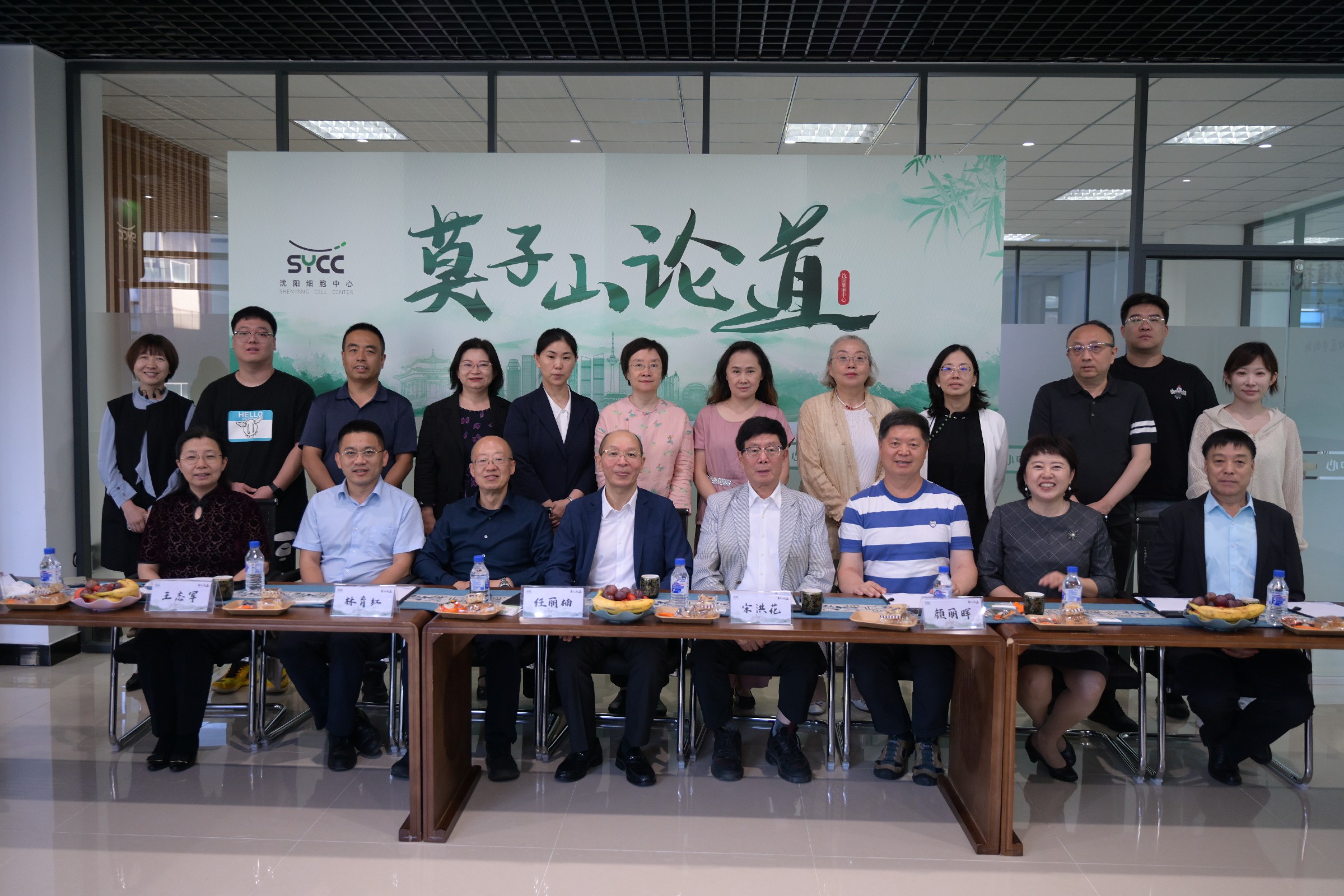Company News
"Mo Zishan Forum" Highlights Key Advances in Clinical Application of Autologous Bone Marrow Cell Transplantation Technology
On September 7, 2024, the "Mo Zishan Forum," held in Shenyang, gathered experts and representatives from both basic and clinical sciences to discuss the cutting-edge advancements in cell therapy technology. The forum, centered around "Advancing Medical Innovation through Cell Therapy," specifically focused on the clinical application of autologous bone marrow cell transplantation technology.

Key Highlights and Outcomes
The forum marked a significant exchange of knowledge between leaders in the field, with Professor Liu Baochi, a leading expert in cell therapy, sharing his extensive experience on the clinical application of autologous bone marrow cell transplantation. His work, which has expanded to more than 30 hospitals across 20 cities in China, provided robust evidence supporting the technology’s effectiveness in treating a range of diseases, including liver cirrhosis, diabetes, knee osteoarthritis, Parkinson’s disease, and early ovarian failure.
Professor Liu emphasized that the technology has become a major treatment option, with a growing body of evidence confirming its success across various clinical settings. His insights were highly valued by attendees, many of whom were keen to adopt and apply this technology in their own hospitals and medical practices.
In addition, Professor Yu Yanqiu from Shenyang Cell Center (SYCC) presented on the establishment of regional cell preparation and R&D center platforms. These platforms, which involve collaboration between medical institutions and research institutes, aim to foster the development and application of cell therapy technologies. Her discussion highlighted the national policies that are shaping the future of the cell therapy industry and underscored the importance of creating a sustainable and efficient infrastructure to support this emerging field.

Expert Discussions and Collaborative Efforts
During the discussion segment, experts from various hospitals and research institutions actively engaged in a series of thought-provoking exchanges. Professor Wang Chun from China Medical University’s First Affiliated Hospital shared his perspective from the viewpoint of a stem cell treatment recipient, providing a unique and personal case study. Additionally, Director Pei Ning, a renowned expert in medical aesthetics, provided an update on the clinical use of adipose-derived stem cells in female facial rejuvenation, a growing area of interest in cosmetic treatments.
One of the forum's key outcomes was a collective call to increase focus on managing sub-health populations and chronic disease treatment, as advocated by Professor Jing Huichuan from Capital Medical University. This sparked an important dialogue about the role of stem cell technologies in addressing long-term health issues.

Strategic Collaboration and Future Directions
The event also saw the announcement of new efforts to expand the integration of domestic and international cell therapy technologies, with particular emphasis on the open policies introduced by China’s Free Trade Zones. The recent notice from the Ministry of Commerce, the National Health Commission, and the National Medical Products Administration, aimed at expanding the opening-up of the medical field, will facilitate greater exchange of knowledge and resources. This move is expected to enhance China’s competitiveness in the global cell health industry and spur rapid technological advancements.
As the forum concluded, it became clear that the collaboration between research institutions, hospitals, and industry experts is vital for advancing the clinical application of cell therapies. With a focus on innovation, the SYCC’s approach to developing regional cell preparation and R&D platforms was recognized as a model for ensuring the sustainable growth of the cell health industry in China.

The "Mo Zishan Forum" successfully highlighted the ongoing progress in autologous bone marrow cell transplantation and paved the way for future collaborative opportunities in this cutting-edge field.